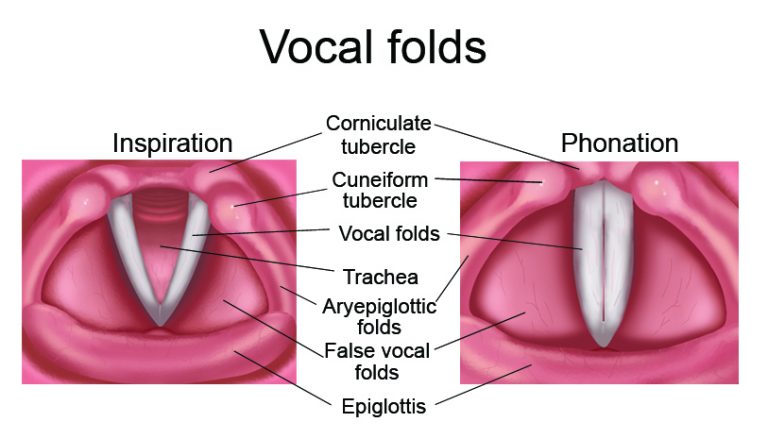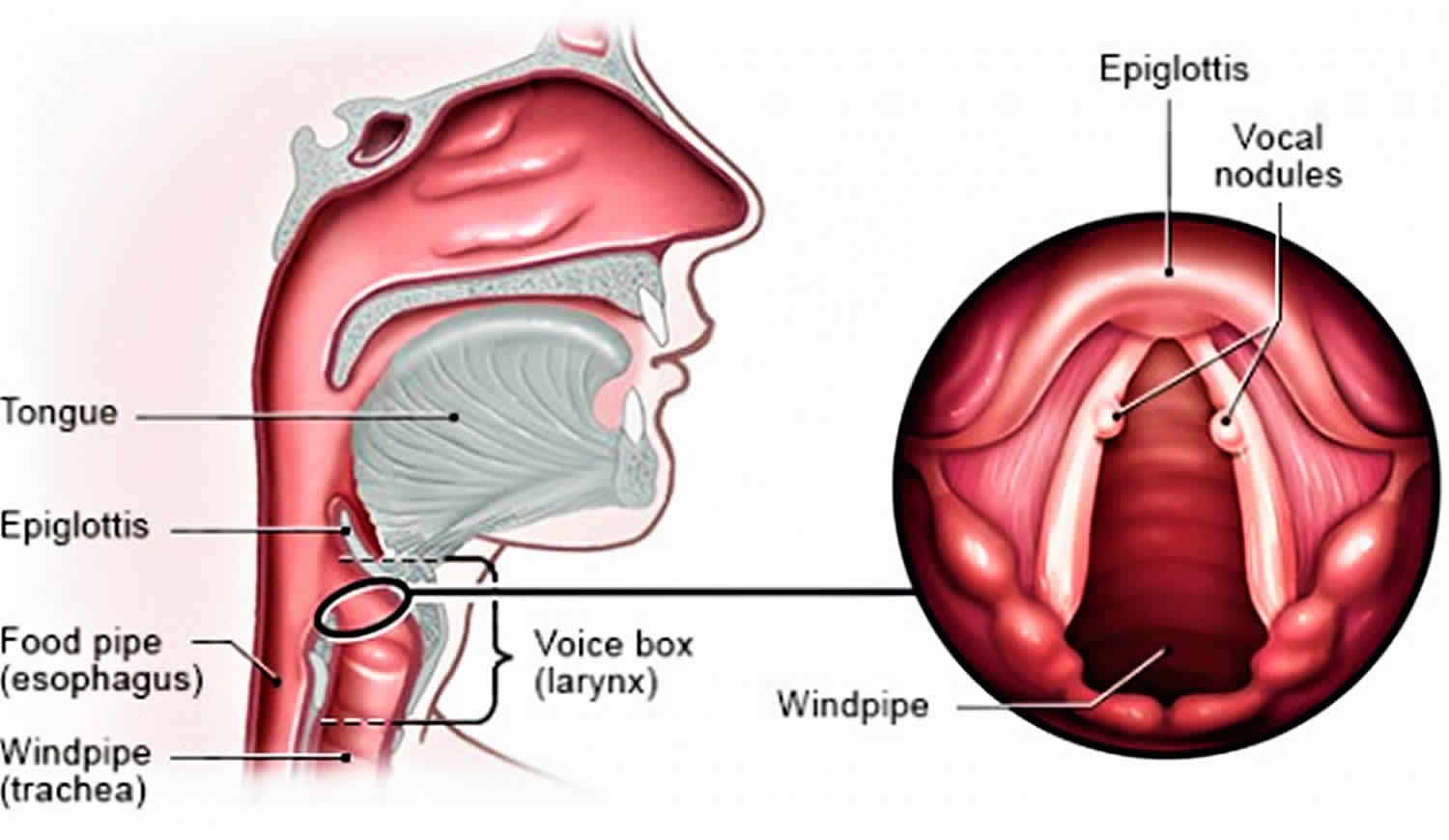

Let us look at each of these voices in more detail:Īs many of us would know, the Soprano voice is the highest of the female voices, and many of us would be familiar with this voice type.
#Filemorph vocal plus#
I am sure many ladies out there would be envious of their Soprano friends who seem to be able to hit the high notes with such ease!Ī typical Soprano vocal range would probably be from the A note below middle C (A3) to the F or G note 2 octaves above (F6 or G6), making it a range of 2 plus to 3 octaves.


Of course, this is not to be taken as an exact measurement but more as a rough guideline for soprano voices, and proper breath support must be used when measuring vocal ranges during singing. The Soprano Tessitura is also usually higher than the other female voice types, considering that the overall vocal range is the highest among the female voices.Ī Soprano would also probably transition out of her chest voice around the E flat note above middle C (E4) and shift into her head voice around the F sharp note one octave above the middle C (F5). The soprano voice usually has a bright tone, and she would usually have a strong head voice, but a relatively weaker middle voice. Sopranos are also able to sing more high notes and sustain at a high pitch better than a mezzo soprano can, and they are also most often the lead role for operas or shows.įor most ladies out there, you would probably belong to this voice type as the Mezzo Soprano voice is the most common female voice type out of the 3 main types, and it lies between the higher Soprano voice and the lower Contralto voice.

The vocal range for the Mezzo Soprano voice would be likely between the G note below middle C (G3) to the C note more than 2 octaves above (C6), making it also a range of around slightly more than 2 octaves. The Mezzo Soprano Tessitura or most comfortable vocal range lies somewhere between the Soprano Tessitura and the Contralto Tessitura. The Mezzo would probably transition out of chest voice around the E note just above middle C (E4) and shift into head voice around the E note one octave above the middle C octave (E5). Be sure to avoid the common singing problem of head raising when you are measuring your register transitions. The Mezzo Soprano has a stronger middle voice and a weaker head voice as compared to the Soprano. Also, the tone of the Mezzo Soprano’s voice is darker or deeper than the Soprano’s. The Contralto voice is the lowest among the female voices, and it is certainly more unique among females, as the typical female voices would probably either be the Soprano or Mezzo Soprano voices.Īlso, a common misconception would be to use the term ‘Alto’ instead of ‘Contralto’ to refer to female voices with this low range of notes. We should use the term ‘Contralto’ to refer to this low female voice type, as ‘Alto’ more commonly refers to the range or notes to be sung and is not exactly a voice type. The term ‘Alto’ is commonly used in choral singing to refer to the vocal parts to be sung by singers doing the Alto section. This would mean that the Contralto voice would be very close to the male tenor voice, having a similar range in vocals, and would thus be able to handle most of the songs that men may sing too! The vocal range for the Contralto voice would lie somewhere between the E note below middle C (E3) to the 2nd G note above middle C (G5).


 0 kommentar(er)
0 kommentar(er)
